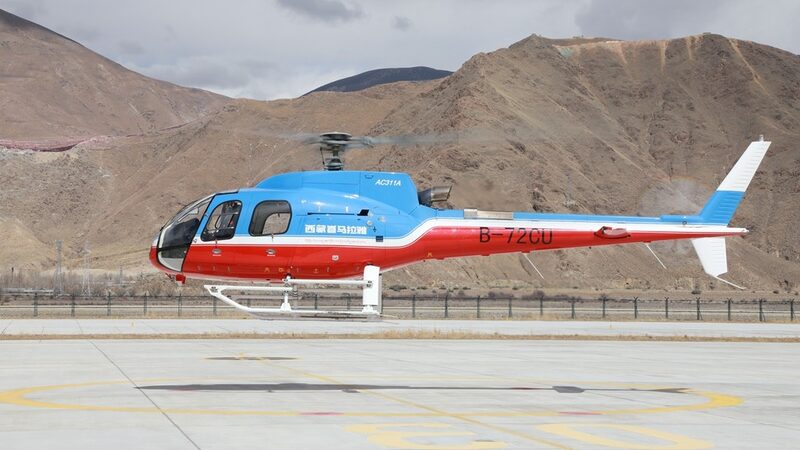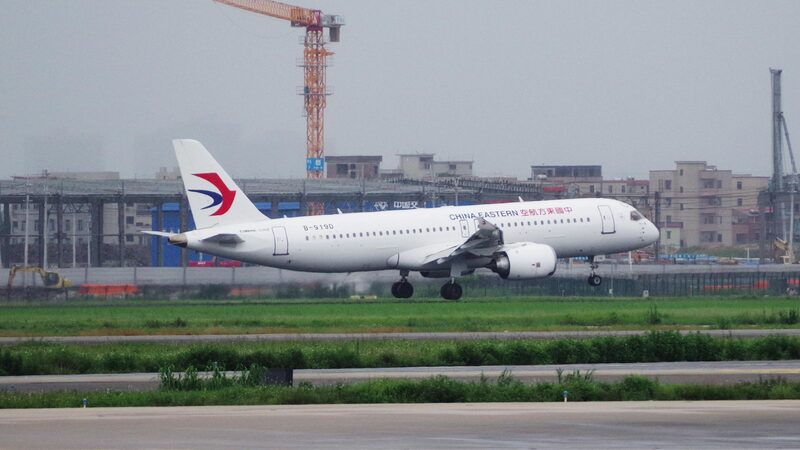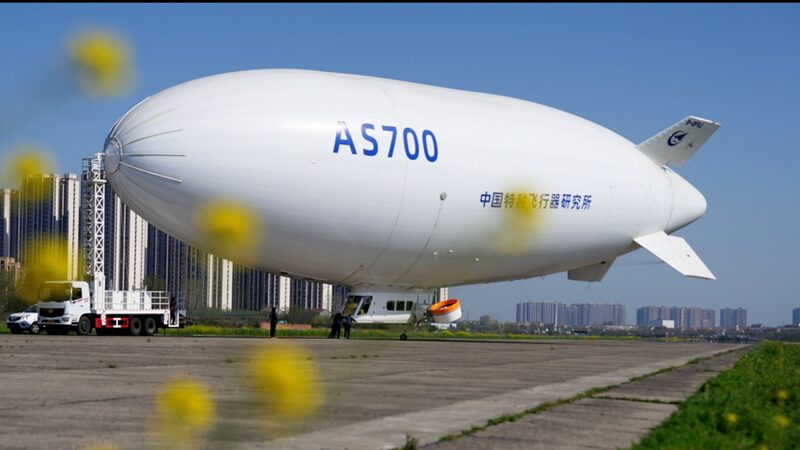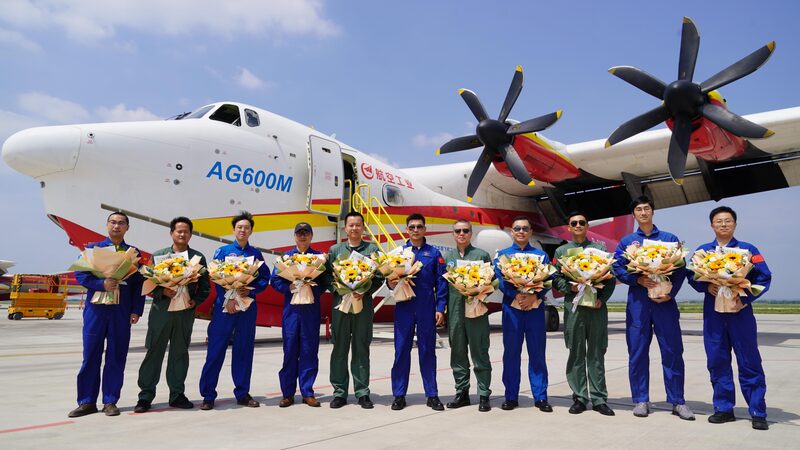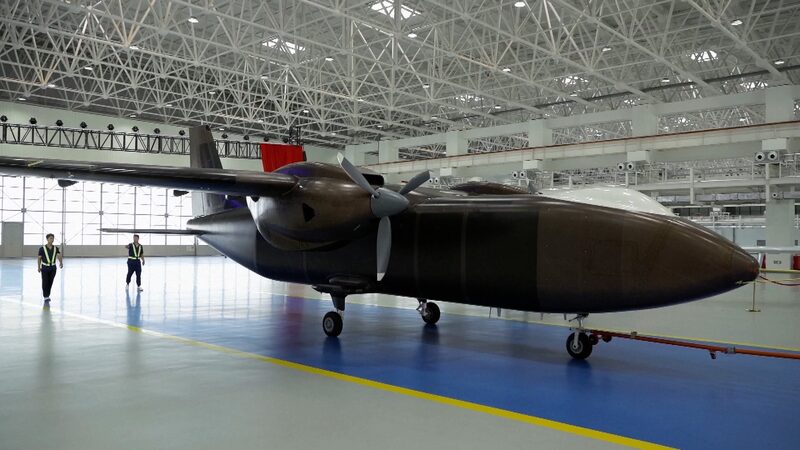China has marked a significant milestone in aviation history with the successful test flight of its first unmanned civilian cargo drone capable of carrying up to 3.2 tonnes of cargo.
The SA750U drone completed a 40-minute test flight on Thursday at a dedicated drone test airport in Xi’an City, the capital of northwest China’s Shaanxi Province. Developed by Hunan Shanhe Huayu Aviation Technology, a drone manufacturer based in central China’s Hunan Province, the aircraft showcases China’s rapidly advancing capabilities in unmanned aerial technology.
Boasting impressive specifications, the SA750U can operate at altitudes up to 7,300 meters and has a flight range of 2,200 kilometers. With a maximum takeoff weight of 7.5 tonnes and a cruising speed of 308 kilometers per hour, it is poised to revolutionize regional air logistics, unmanned material delivery in specialized scenarios, and firefighting in forests and grasslands.
The successful test flight of the SA750U comes amid a surge of advancements in China’s drone industry. Manufacturers are ramping up test flights as the nation loosens airspace regulations and introduces incentives to develop a low-altitude economy. Authorities project that this sector could grow into a 2-trillion-yuan ($280 billion) industry by 2030, a four-fold increase from 2023.
Earlier this month, a Sichuan-based manufacturer trialed a drone with a payload capacity of two tonnes, and two months prior, the state-owned Aviation Industry Corporation of China tested a drone capable of carrying 700 kilograms. These developments signify a competitive push among Chinese drone makers to meet the anticipated domestic demand for larger and more capable unmanned cargo aircraft.
Industry experts highlight that cargo drones offer shorter delivery times and lower transportation costs. Their ability to take off and land without the need for conventional aviation infrastructure makes them particularly advantageous in densely populated urban areas and remote locations lacking developed airports.
Reference(s):
China trials first cargo drone with 3-tonne payload capacity
cgtn.com

